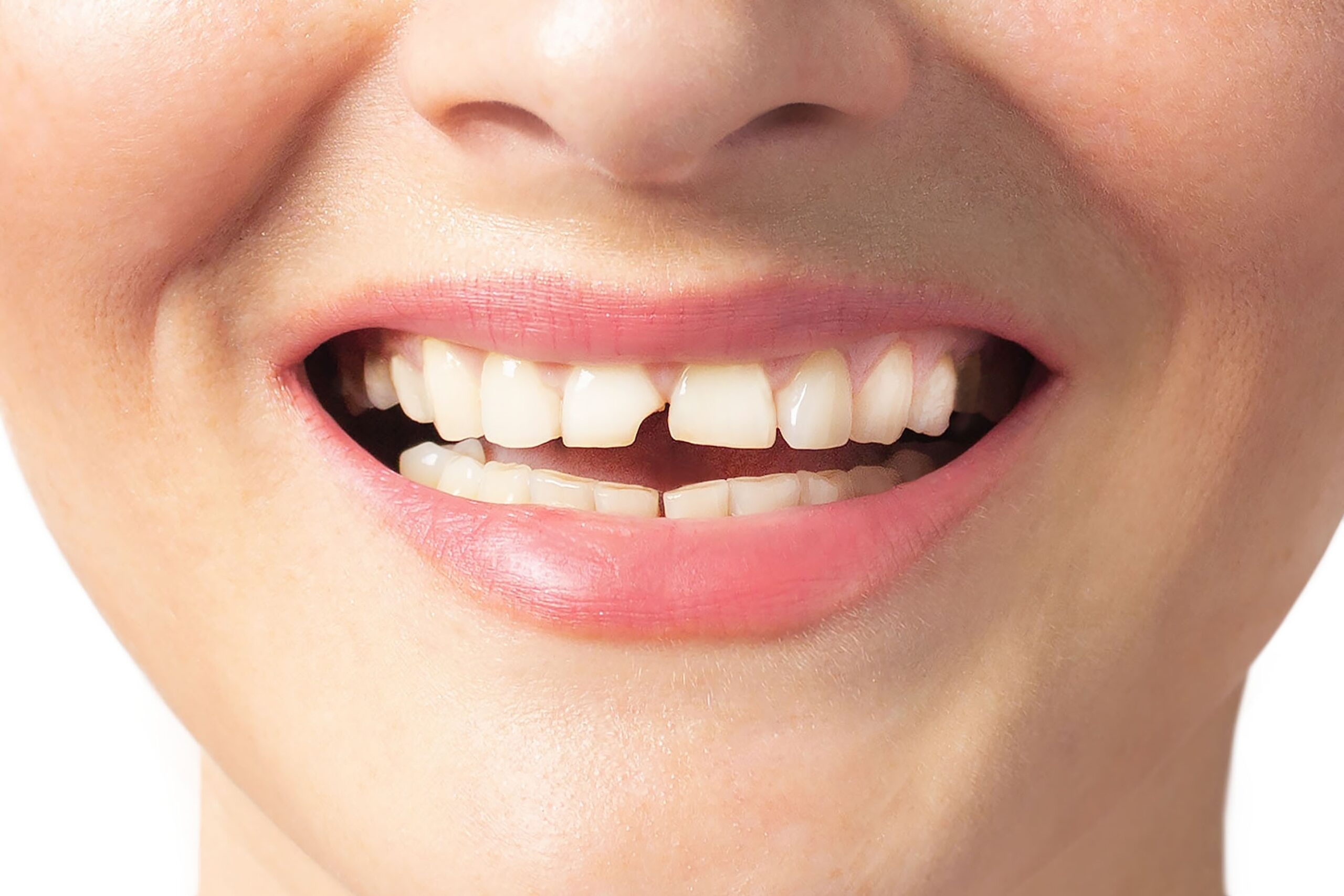Chipped Tooth? Bonding vs. Veneers Explained
A small chip in your tooth can feel like a huge deal. It can change how you feel about your smile and even cause sensitivity. The good news is that you have excellent options to restore your tooth’s appearance and function. At Beveridge Dental, we often help patients decide between two popular cosmetic solutions: dental bonding and porcelain veneers.
Understanding the differences between these procedures can help you feel more confident in your decision. Dr. Stephen Beveridge and Dr. Erin Beveridge Cabuling are here to help you explore which one is the right fit for your unique needs.
How Dental Bonding Fixes a Chipped Tooth
Dental bonding is a straightforward procedure that uses a tooth-colored composite resin to repair chips, gaps, and other minor imperfections.
- The Process: First, the tooth surface is lightly roughened and a conditioning liquid is applied. This helps the bonding material adhere securely. The resin, matched to your natural tooth color, is then applied, molded into the desired shape, and hardened with a special light. Finally, the tooth is polished to a natural-looking shine.
- Time & Longevity: The entire process is usually completed in a single visit, often in under an hour. With proper care, bonding can last for several years.
- Pros: Bonding is a fast, cost-effective, and minimally invasive solution. It requires little to no removal of your natural tooth enamel, making it a reversible procedure.
- Cons: The composite resin is not as durable as porcelain and can be more susceptible to staining over time from things like coffee, tea, or red wine.
How Porcelain Veneers Fix a Chipped Tooth
Porcelain veneers are thin, custom-made shells designed to cover the front surface of your teeth. They offer a more comprehensive solution for chips, discoloration, or misshapen teeth.
- The Process: This procedure typically takes two visits. During the first, a small amount of enamel is removed from the tooth to make room for the veneer. An impression is taken and sent to a lab where your custom veneer is crafted. You’ll wear a temporary veneer in the meantime. At the second visit, the permanent veneer is carefully bonded to your tooth.
- Time & Longevity: Veneers are incredibly durable and can last for 15 years or more with good oral hygiene.
- Pros: Porcelain has a translucent quality that mimics natural tooth enamel beautifully. It is highly resistant to stains and provides a strong, long-lasting restoration.
- Cons: Veneers are a more significant investment than bonding. The procedure also requires the permanent removal of some tooth enamel, meaning it is not reversible.
Which Option Is Right for You?
Choosing between bonding and veneers depends on several factors:
- Bonding is often ideal for: Small, simple chips, especially on teeth that don’t take the main force of your bite. It’s a great choice if you’re looking for a quick, affordable fix.
- Veneers are often better for: Larger chips, teeth with multiple cosmetic issues, or if you desire a complete smile makeover. They are the premier choice for durability and long-term aesthetic results.
The best way to know for sure is to have a professional evaluation.
Restore Your Smile in San Jose
Don’t let a chipped tooth hold you back. The team at Beveridge Dental in San Jose is ready to help you find the perfect solution to restore your confidence. Schedule a consultation with Dr. Stephen Beveridge or Dr. Erin Beveridge Cabuling today to discuss your cosmetic goals and discover the best path forward for your smile.
Contact Beveridge Dental:
408-267-2303
LOCATION (TAP TO OPEN IN GOOGLE MAPS):
Beveridge Dental
3535 Ross Ave Ste 300
San Jose, CA 95124













